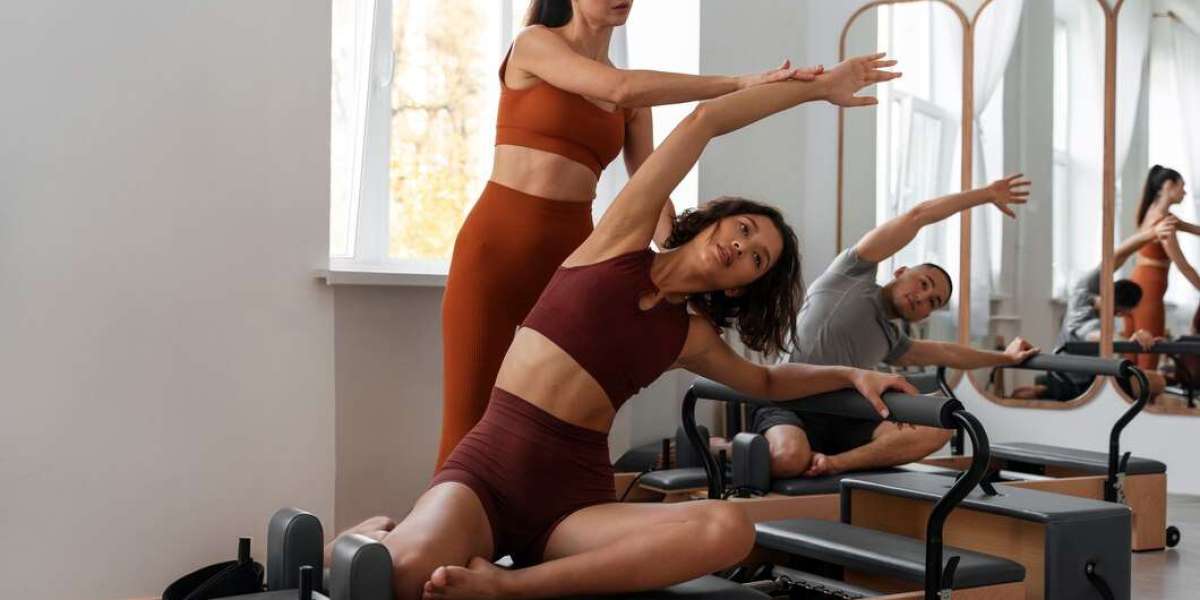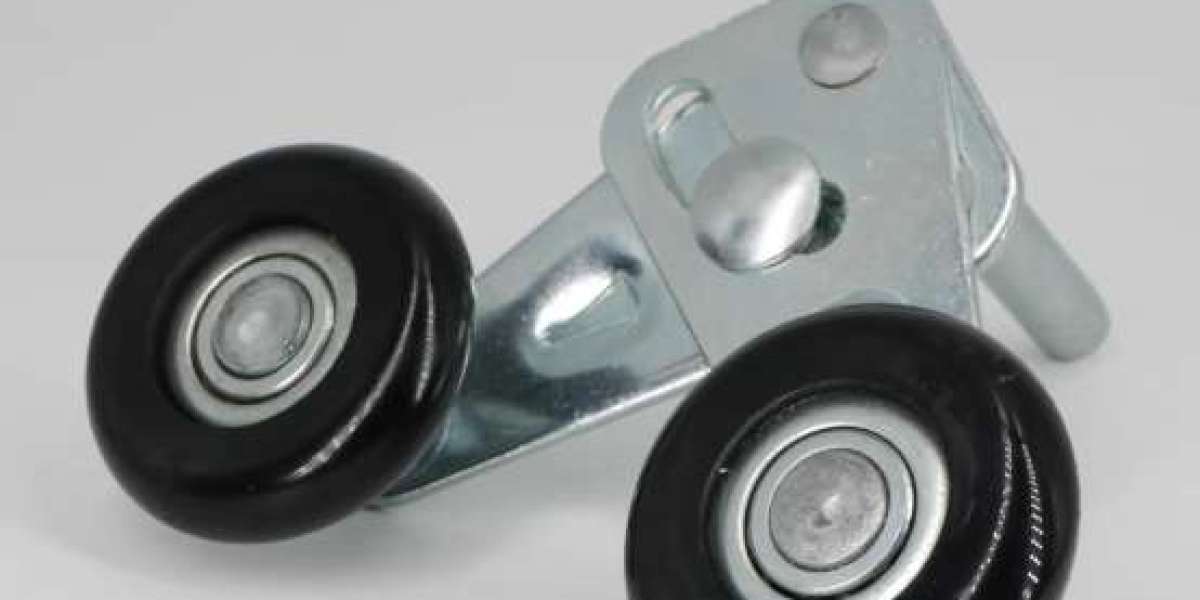Pilates has long been popular for building core strength and flexibility, but in recent years, it has evolved into something even more powerful—Clinical Pilates. Unlike traditional Pilates, this approach is guided by physiotherapists and tailored to individual needs, particularly for those recovering from injury or managing chronic conditions. In Singapore, Clinical Pilates is becoming a leading choice for people who want safe, effective, and personalized rehabilitation.
By 2025, as more Singaporeans seek holistic solutions for pain management and posture correction, Clinical Pilates is positioned at the intersection of fitness, therapy, and technology. It’s no longer just a workout—it’s a healthcare tool.
What Makes Clinical Pilates Different?
Clinical Pilates is not your typical gym class. It’s a form of exercise therapy designed to improve movement patterns, reduce pain, and restore balance. Unlike group fitness sessions, programs are tailored to each individual and often supervised by physiotherapists.
Core aspects include:
Individual assessments to identify weaknesses, injuries, or movement dysfunctions.
Targeted exercises for spine health, joint stability, and muscle balance.
Integration with physiotherapy for conditions like scoliosis, lower back pain, or post-surgery recovery.
Use of specialized equipment such as reformers, Pilates chairs, and resistance bands.
This personalized approach ensures patients move safely while steadily improving strength and flexibility.
Why Clinical Pilates Matters in Singapore Today
Singapore’s work culture, with long hours and screen-heavy jobs, has contributed to posture-related issues, chronic pain, and musculoskeletal conditions. Add to that the rise in active lifestyles and competitive sports, and the need for rehabilitation-focused fitness becomes clear.
By 2025, Clinical Pilates Singapore programs are helping people:
Manage lower back and neck pain from desk work.
Recover from sports injuries with guided movement therapy.
Improve posture, balance, and mobility in daily activities.
Support long-term management of conditions like scoliosis.
With the right program, Clinical Pilates empowers individuals to not only recover but also prevent future injuries.
Clinical Pilates and Scoliosis Physio
One area where Clinical Pilates has gained significant attention is scoliosis management. Traditional physiotherapy often focuses on pain relief and mobility, but when combined with Pilates, the results can be even more impactful.
Scoliosis physio programs in Singapore often integrate Clinical Pilates to:
Strengthen spinal stabilizers.
Correct asymmetrical movement patterns.
Enhance posture and body awareness.
Reduce pain associated with spinal curvature.
By blending physiotherapy expertise with Pilates-based training, patients receive a holistic program that goes beyond short-term relief to long-term functional improvement.
Technology and Clinical Pilates in 2025
The healthcare and fitness industries in Singapore are rapidly adopting tech-driven solutions, and Clinical Pilates is no exception. Today, many clinics and studios incorporate:
Digital posture analysis tools to assess progress.
Wearable tech to monitor alignment and muscle activation.
Virtual sessions for patients who prefer home-based rehabilitation.
AI-driven programs that adapt exercises to individual needs.
This fusion of movement science and technology ensures Clinical Pilates remains relevant and effective in a fast-changing world.
How to Choose a Clinical Pilates Program in Singapore
With growing interest, not all Pilates classes are created equal. To ensure safe and effective outcomes, look for programs that:
Are run by licensed physiotherapists or qualified rehabilitation specialists.
Offer individualized assessments before starting exercises.
Integrate Clinical Pilates with physiotherapy for conditions like scoliosis.
Use proper equipment and provide progressive training.
Have a track record of patient success stories.
Choosing the right clinic or physiotherapy center ensures you get the maximum benefit, whether for recovery, posture correction, or overall wellness.
Conclusion: Movement as Medicine
In 2025, Singapore’s approach to health is shifting toward proactive, holistic care. Clinical Pilates is leading this change by offering more than just exercise—it’s movement therapy designed for long-term wellness.
Whether you’re recovering from injury, managing scoliosis with physio support, or simply aiming for better posture, Clinical Pilates Singapore programs provide a safe, effective, and future-ready solution. By blending traditional rehabilitation with modern technology, it proves that movement isn’t just fitness—it’s medicine for the body and mind.



